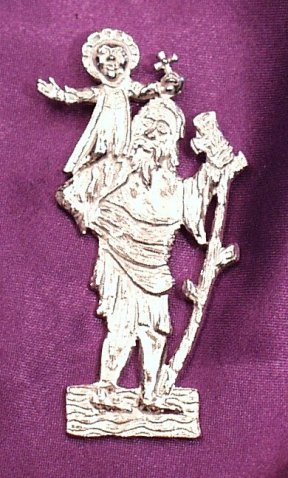Spoons are one of the oldest and most common of dining tools. Throughout the medieval period spoons were so integral to a persons kit that they were carried everywhere with them, usually in their pouch or in a sheath along with their personal knives. When eating away from home, it was quite normal for a guest to be expected to bring and eat with their own spoon.
Spoons came in a wide variety of materials including wood, horn, bone, pewter, silver and silver gilt. People would choose based partly from personal preference and also their status and wealth. As with all tools, spoon profiles (the shape and form) were shaped based on how people ate their food so medieval spoons tend to have similar profiles – a leaf shaped shallow bowl with a straight handle and often, a knop.
The knop was a decorative element on the handle end providing weight for balance, character to the spoon, and often a meaning for the owner such as continued good health. A surprising number of different knop themes have been found, some of which recur throughout the centuries such as the Acorn and the Diamond (a pointed pyramid top) while others appeared only briefly – a snapshot of fashion and belief of a time and place.
So, choose your spoon as you would your jewellery – something that reflects your personality, beliefs and the wealth and status you’d like to project, and don’t forget to keep it close!
